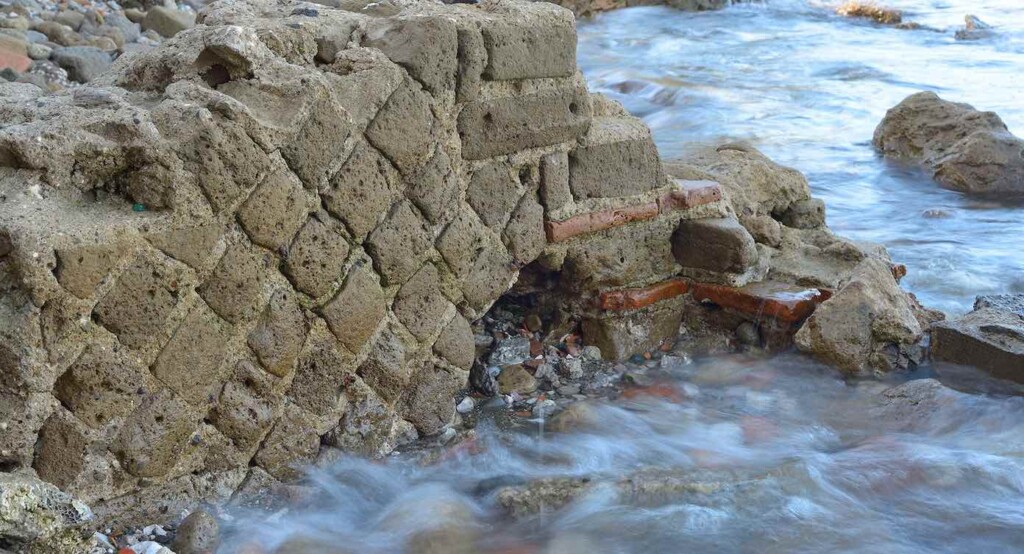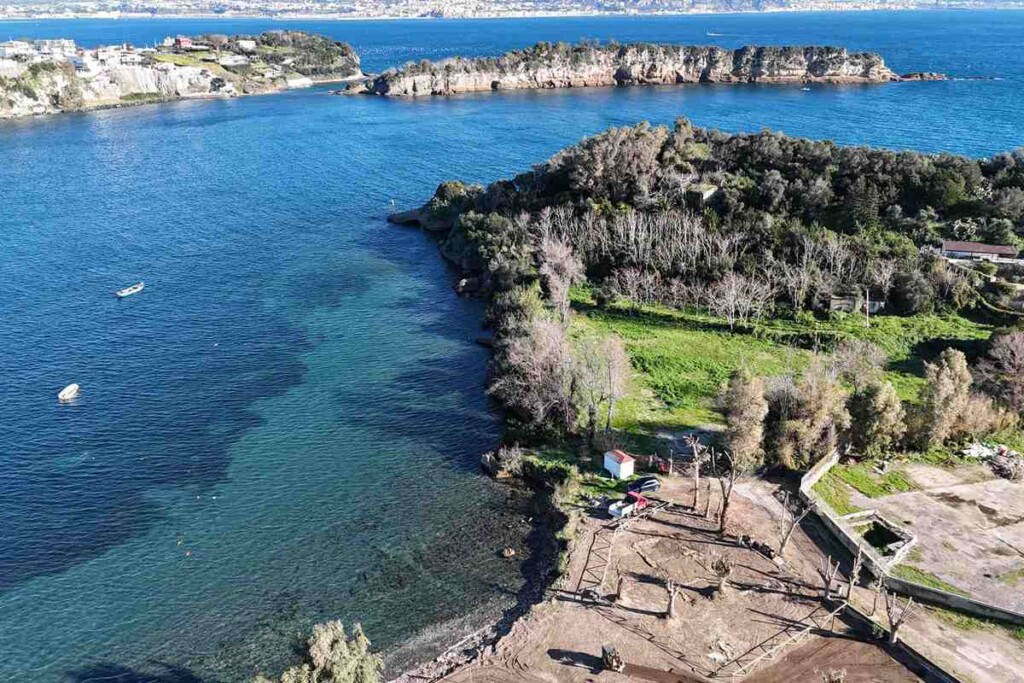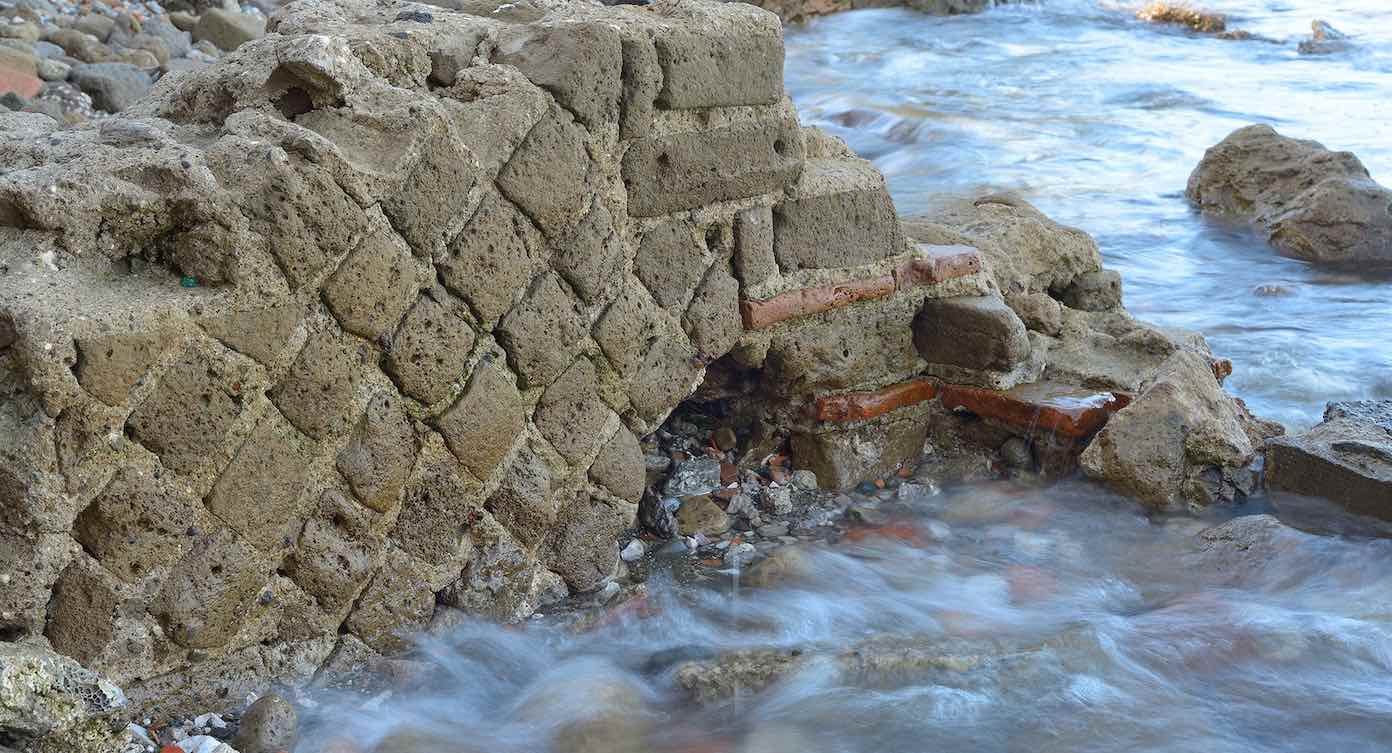
If you’ve ever felt that planning permission is hard to get in an American city because of zoning regs, imagine the difficulty in a country that’s both orders of magnitude smaller, and ground zero for the archaeological remains of one of the world’s most sophisticated classical civilizations.
The Commune of Bacoli outside Naples was trying to build a children’s playground, but the kids will have to make do with their backyards because preliminary surveys uncovered a Roman villa on the same spot.
2,000 years ago, the villa would have sat on a cliffside and commanded 360° views of the Gulf of Naples, with the islands of Ischia and Procida visible in the distance. In fact, the archaeologists excavating the ruins believe it could have been the oppulent haunt of Pliny the Elder.
An author, naturalist, and natural philosopher, Pliny Sr. wrote the Naturalis Historia which became a publishing model for encyclopediae in our time. He was also a naval and army commander of the early Roman Empire, and Bacoli sits today where the city of Misenum was located—the dockyard of the Roman navy’s Tyrhennian Sea fleet.
He died from inhaling the toxic gasses of Mount Vesuvius’ eruption, which he witnessed from his villa across the Gulf, and into which he organized several ships for a rescue mission. Overweight and asthmatic, he couldn’t flee from the plumes of gas after arriving at the town of Stabiae with a team to rescue the citizens trapped there.
“It is likely that the majestic villa had a 360-degree view of the gulf of Naples for strategic military purposes,” Simona Formola, lead archaeologist at Naples’ art heritage, told CNN in an interview. “We think (the excavation of) deeper layers could reveal more rooms and even frescoes — potentially also precious findings.”
The archaeologists found that the walls were made of limestone blocks cut into diamonds and arranged in a pattern that resembled a fisherman’s net.

Currently, the terraces of the villa are just a few meters above the sea, whereas in the time of Misenum they would have been higher up the cliff. The whole area is sinking ever-so-slowly into the sea with each century of seismic and volcanic activity, and the dock where boats to service the villa would have arrived is now underwater.
MORE NEWS LIKE THIS: Tiny Italian Town Dug Up an Extremely Rare Roman Temple while Trying to Build Supermarket
The whole area south of Naples was a suburban area of Roman settlements, including Mesinum and Puteoli, which attracted visitors across the empire to relax in the natural thermal springs and warm mud pools.
The villa is going to open in a few months as an open air museum.
SHARE This Amazing Discovery With Your Friends Who Love Roman History…




















